New York, USA, 2 February 2024 -/African Media Agency(AMA)/-The El Niño climate pattern, a naturally occurring phenomenon, can significantly disrupt weather systems around the world, but the man-made climate emergency is exacerbating the destructive effects on people and the planet.
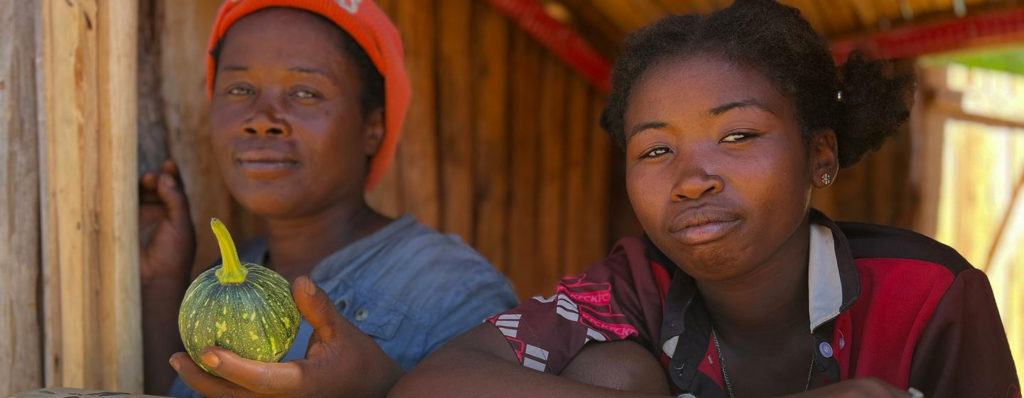
In Madagascar, an island nation prone to extreme weather events, the UN is working with the authorities to help the African island nation’s population cope.
Join our WhatsApp ChannelIn recent years, Madagascar has been hit by unprecedented cyclones, and experienced the most severe drought in four decades, causing widespread hunger and pushing thousands into near-famine conditions.
Reena Ghelani, the UN’s Climate Crisis Coordinator for the El Niño response, is in Madagascar, where she is visiting projects designed to make the population more resilient, and less vulnerable to extreme weather. She spoke to Daniel Dickinson from UN News.
Reena Ghelani: El Niño is a regular weather event which affects the air temperatures around the sea. As a result of the climate crisis, we are likely to see it happen more frequently, and more intensely.
The impacts are much harsher, creating either severe flooding or drought, which we are seeing in many parts of southern Africa. And, because communities don’t have time to recover from the previous impact, they are more vulnerable, and it takes them longer to recover.
UN News: What are the impacts on the people living here?
Reena Ghelani: They are unable to grow the food that they need to live. There are massive implications: if you can’t feed yourself, then you’re sending your children out to look for other ways to find food, so they’re not going to school. The knock-on effect is that communities are being devastated here. They’re telling us that they don’t know what the future holds.
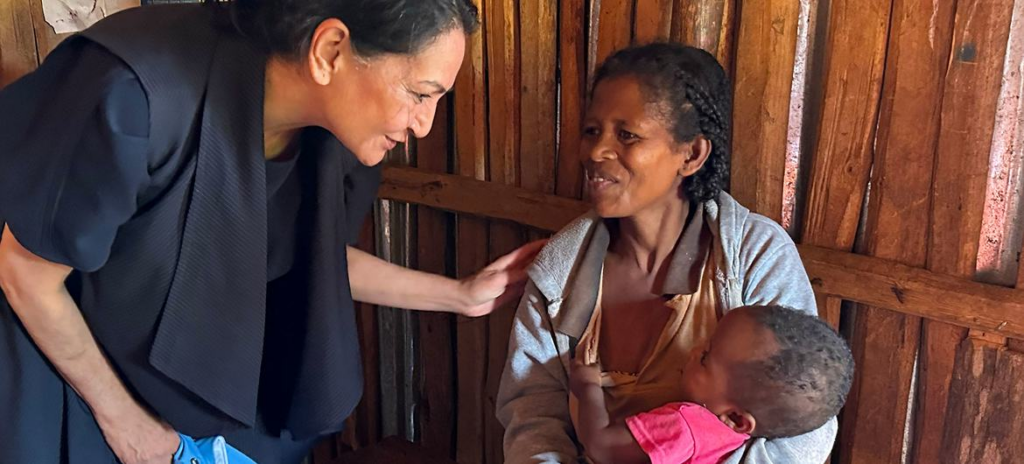
UN News: We’re talking in a field in the south of Madagascar, looking at examples of how the country is preparing for this El Niño event. Can you describe what you’ve been seeing?
Reena Ghelani: As an international community, and as governments, we can either wait until we have to provide lifesaving aid, or we can do what they’re doing here; looking at ways to reduce the impact, researching seeds that will survive in drought conditions, how to get water to the communities, and finding other ways for the community to earn a livelihood. That is a far more cost-effective way of supporting them, in terms of money and saving lives.
UN News: What role do early warning systems play?
Reena Ghelani: Many southern African countries now have systems in place that provide warnings to communities [of imminent extreme weather events]. And so, we need to prepare now. And the cost of doing that research is seven times cheaper than waiting for the disaster happens.
The UN Secretary-General’s Early Warnings For All initiative, is being implemented in Madagascar by the Government, with support from the United Nations. This is a region that’s experienced some 48 cyclones in the last 15 years, and now drought is expected. The warning systems will be used to help communities prepare ahead of time.
UN News: How important is good cooperation with local partners in a successful response?
Reena Ghelani: We need to ensure that governments have the capacity to respond. We need to work closely together with them, as well as the humanitarian and development communities, to maximize our capacities. We also need to listen to the local people: they know the weather, they know it’s changing, and they know what works.
UN News: What does success on the ground look like to you?
Reena Ghelani: Seeing that people here are able to earn a living, provide for themselves, and have their children at school.
Distributed by African Media Agency (AMA) on behalf of UN NEWS.
The post El Niño and climate crisis raise drought fears in Madagascar appeared first on African Media Agency.
Source : African Media Agency (AMA)

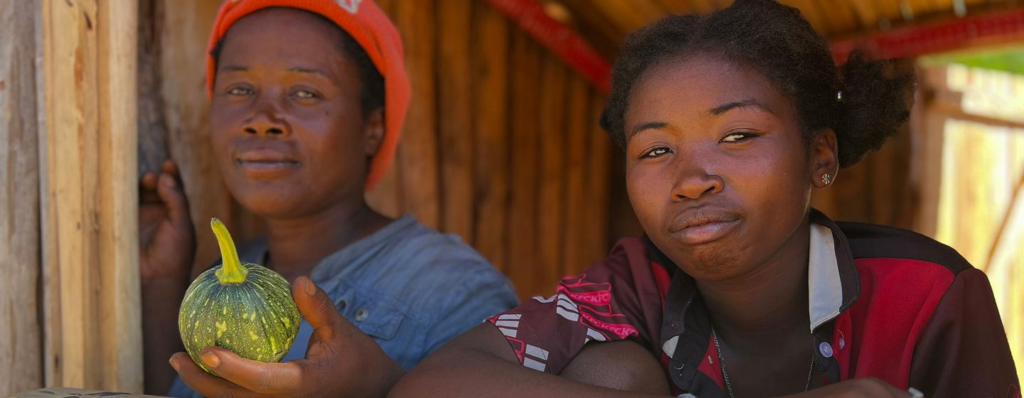




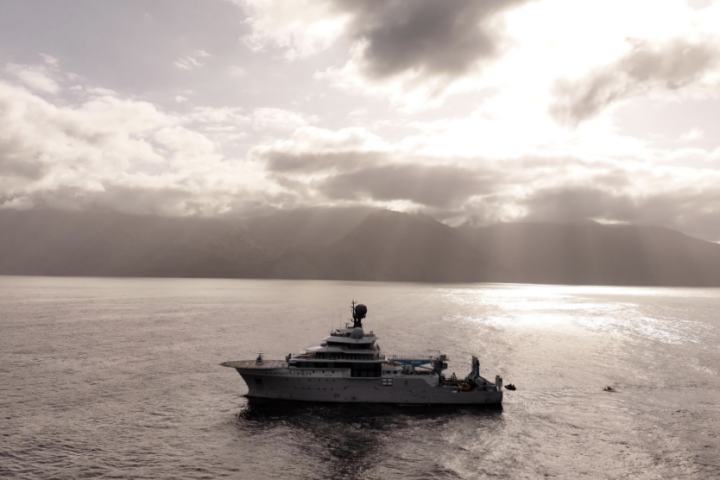



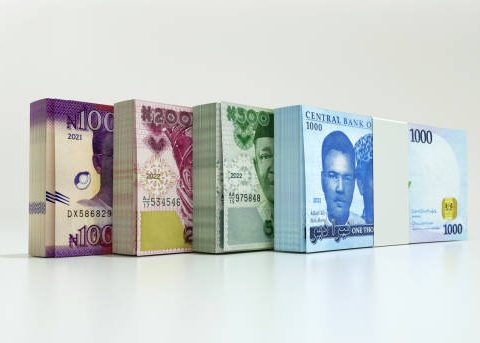





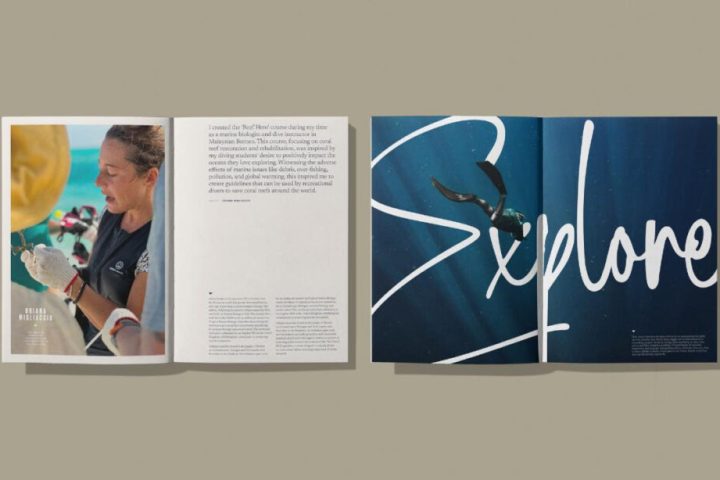
Follow Us